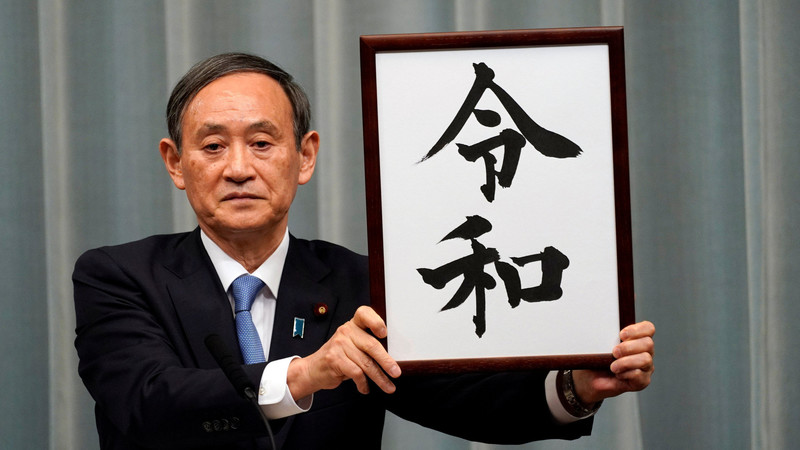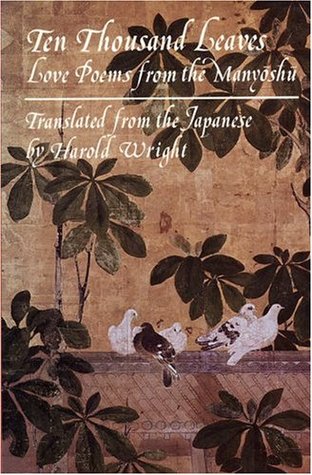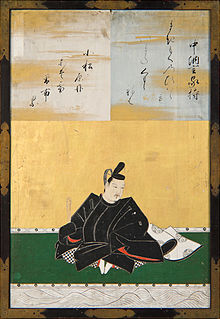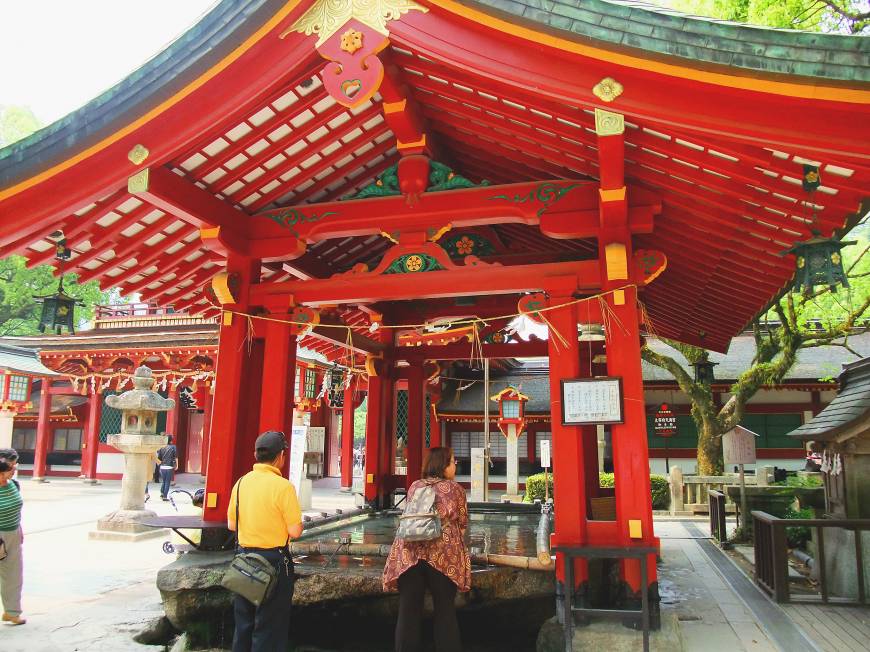
Announcement of the new era’s name
An informative piece below on the naming of the new era, which will start from the ascension of the next emperor on May 1, 2019. This is extracted from a longer piece by the curator of Japanese art at Cleveland Museum, Sinead Vilbar.
Until the Meiji Restoration of 1868, the names of eras changed fairly frequently in order to signal a fresh start after some disaster or tumultuous event. Beginning with Meiji, however, it has become the custom for one imperial reign to be given one era name.
It’s worth noting here too that plum blossom, about which the term Reiwa was taken, used to be a favourite of the Japanese court before cherry blossom was adopted in the later Heian period. The reason for the change was the greater brevity of the cherry, and also to promote Japanese identity as different from the Chinese (from whom the cult of plum blossom was originally taken).
************
On Monday, April 1, Japan announced the name of its new era: Reiwa (令和). When the new Japanese emperor ascends to the throne on May 1, the current era, Heisei (平成), ends and the Reiwa era begins. Heisei is said to mean “achieving peace” and is the name of the era associated with the currently reigning emperor, who took the throne in 1989. He is the first emperor in 200 years to abdicate and will do so on April 30.

Manyoshu, a selection in English
Historically, Japanese era names changed at critical junctures in an emperor’s reign, often to bring a sense of renewal. Now the era name remains the same for the entire reign. In the past, era names were selected from classical Chinese literature. For the first time, the era name has been chosen from classical Japanese literature, specifically the Man’yōshū (A Collection of Myriad Leaves), the oldest existing anthology of Japanese poetry, containing some 4,500 poems on numerous themes by more than 350 known authors.
“It is now the choice month of early spring, the weather is fine, the wind is soft. The plum blossom opens…” — Japanese literature scholar Mack Horton’s translation of part of the preface to the fifth book of the Man’yōshū (A Collection of Myriad Leaves)
Reiwa was taken from the preface of the fifth book of the anthology, which contains poems dating from the year 815 and beyond. The section’s theme centers on the plum flower (also called an apricot flower). According to Japanese literature scholar Mack Horton, the preface reads in translation, “It is now the choice month of early spring, the weather is fine, the wind is soft. The plum blossom opens.” “Choice month” is reigetsu (令月), or the second month of the year, and “soft wind” is kaze odayaka (風和). Another way to translate this is, “in this auspicious early spring month, the air is clean and the breeze is gentle [hatsuharu no reigetsu ni shite kiyoku kaze yawaragi].”

Otomo no Tabito composing his poem
The first character of reigetsu and the second character of kaze odayaka or kaze yawaragi (also read wa) were combined to form Reiwa, which has been given a variety of English glosses but is generally said to connote “pursuing harmony.” The content of the preface draws upon welcoming remarks made by the courtier Otomo no Tabito (655–731) at a gathering he hosted in 730 at his residence in Dazaifu (in contemporary Fukuoka Prefecture in Kyushu).
Guests composed and sang their own poems as they admired the plum blossoms flowering in the garden. Otomo is said to have suggested, “with the sky serving as a canopy and the ground as a carpet, we are sitting relaxed and close together and exchanging sake cups. Let us make this ume (plum) garden the subject of the poems we compose.”
Dazaifu is also the site of a famous shrine dedicated to the kami Tenman Tenjin, the posthumously deified spirit of the courtier Sugawara no Michizane (845–903).

A purification basin with plum tree behind at Dazaifu Tenmangu. | Photo by Angeles Cabello

Leave a Reply